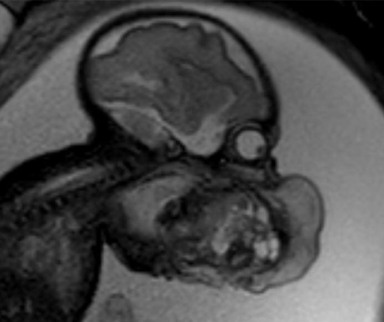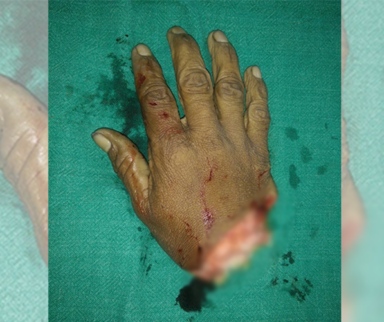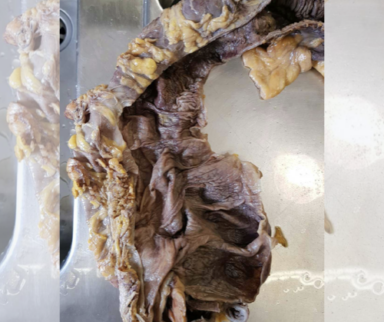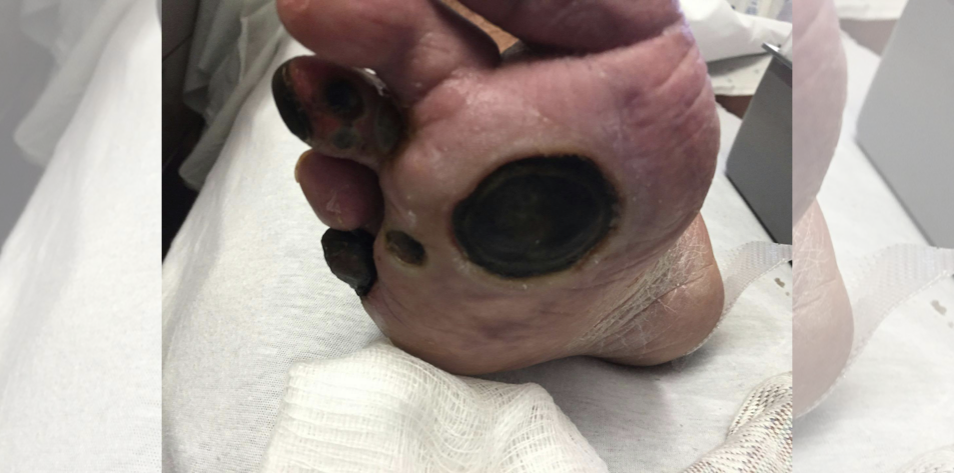
Healthcare professionals regularly share new and fascinating cases to Figure 1. Here are five of the most interesting medical cases of diabetes causing buzz in the community.
#5.

In this case we see a patient with type 2 diabetes, painful diabetic polyneuropathy, and non-healing wounds over three months on the bottom of the foot. According to the registered nurse who shared the case, the patient had “three black toes, one large three-mo ulcer and then a small one had started above it that he was unaware of. Faint pulses.”
See what the community recommended as next steps
#4.
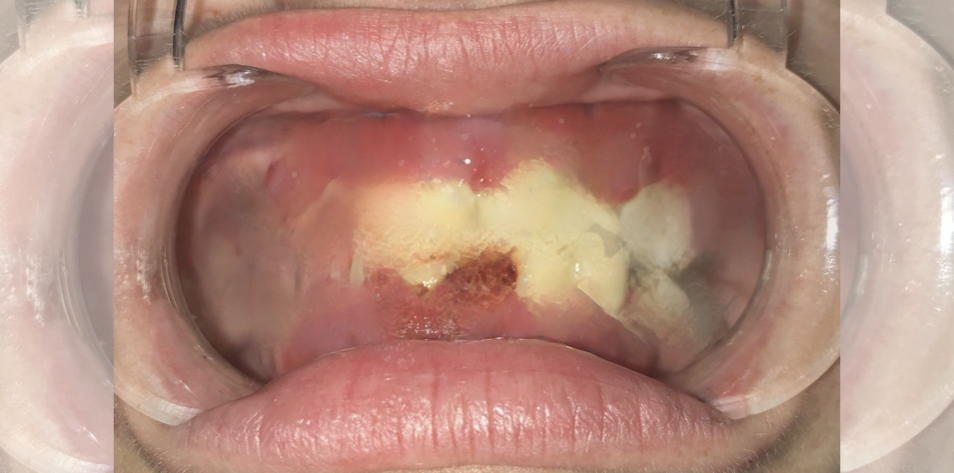
A patient with diabetes presented to their dentist with this case of severe gingival hyperplasia. No medications were reported.
Gingival hyperplasia can be drug-induced, such as with calcium channel blockers. Calcium channel blockers are often used to treat hypertension, which people with diabetes are at higher risk for. In these scenarios, once the medication is stopped, the issue should resolve itself.
However, in this case, since the patient did not report any medications, it was likely caused by a combination of limited oral hygiene and diabetes.
#3.
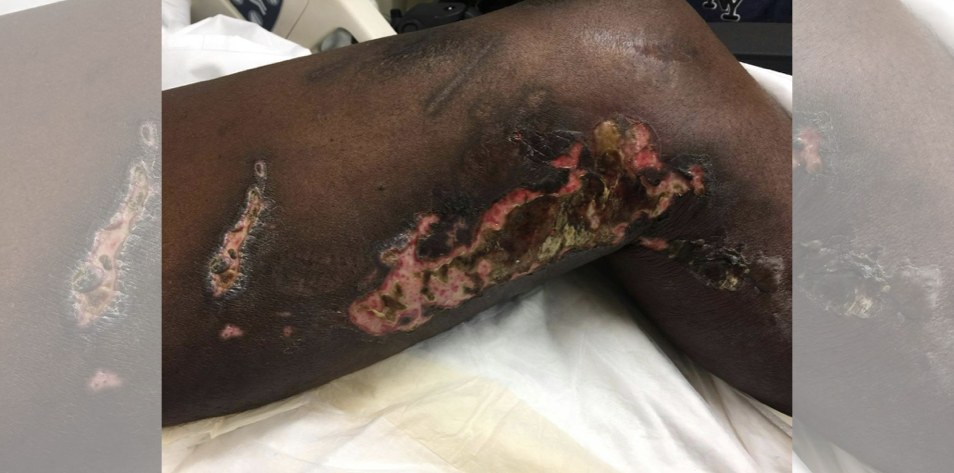
This third most interesting medical case of diabetes is of a patient with diabetes who visited a wound clinic with recurring bullous lesions to both legs. According to the nurse practitioner who shared the case, “Lesions spontaneously occur, rupture, then crust over. Denies pain; hx of paraplegia.”
The patient was diagnosed with necrobiosis lipoidica, a rare and chronic granulomatous disease of the skin associated with the breakdown of collagen and is most commonly seen on the legs. Necrobiosis lipoidica is often seen in people with diabetes mellitus, which is why it was previously referred to as necrobiosis lipoidica diabeticorum; however, people without diabetes can also have the disease.
See treatment suggestions in the case comments
#2.
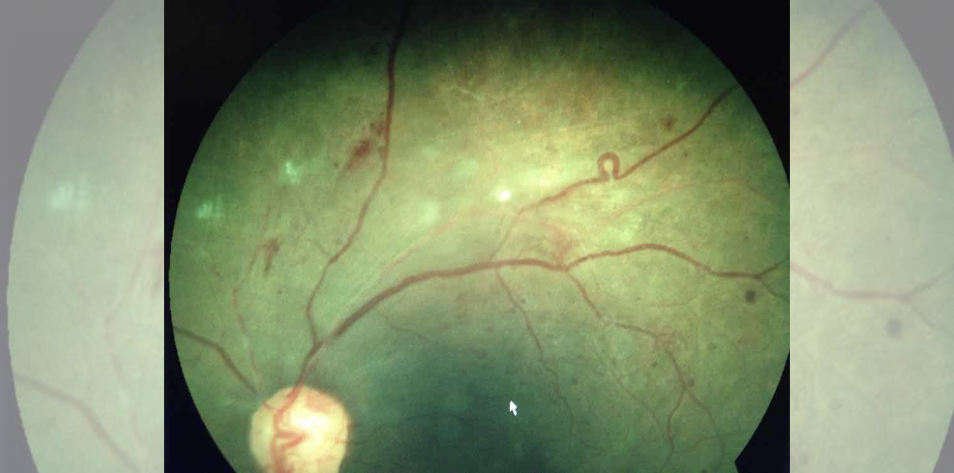
An optometrist shared this case of a “38YOHF with uncontrolled diabetes and proliferative retinopathy.”
Can you identify the rare finding visible in this image?
#1.
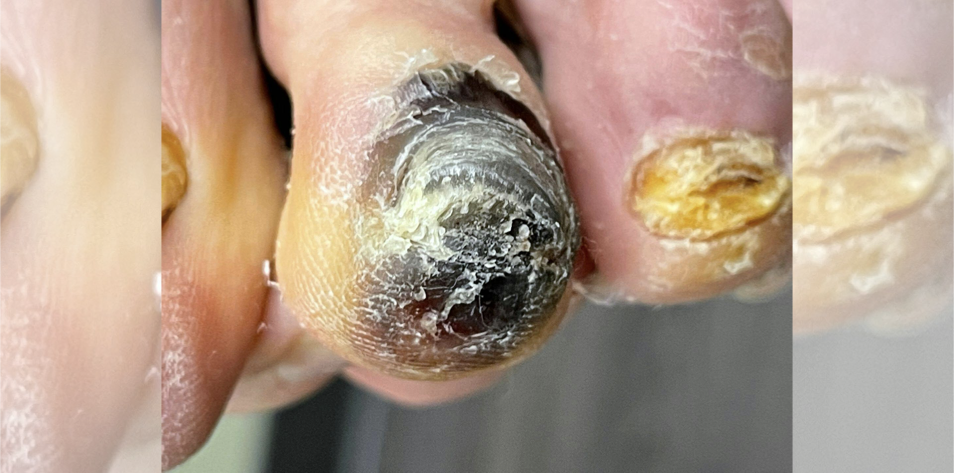
A family physician shared the details of this case: “An 80+ yr old man presented for a diabetic exam. HgbA1c 7.6. Reasonable but rare home readings. Lipids ok. CKD 3. Nothing remarkable until his shoes came off. He explained that he’s had this about a week or two … Peripheral neuropathy present, no pain, but no sensation of 10 g monofilament in any toes.”
The physician added that this happened in the northern part of the United States and colder weather had set in.
Published April 1, 2024
Join the Conversation
Sign up for Figure 1 and be part of a global community of healthcare professionals gaining medical knowledge, securely sharing real patient cases, and improving outcomes.
